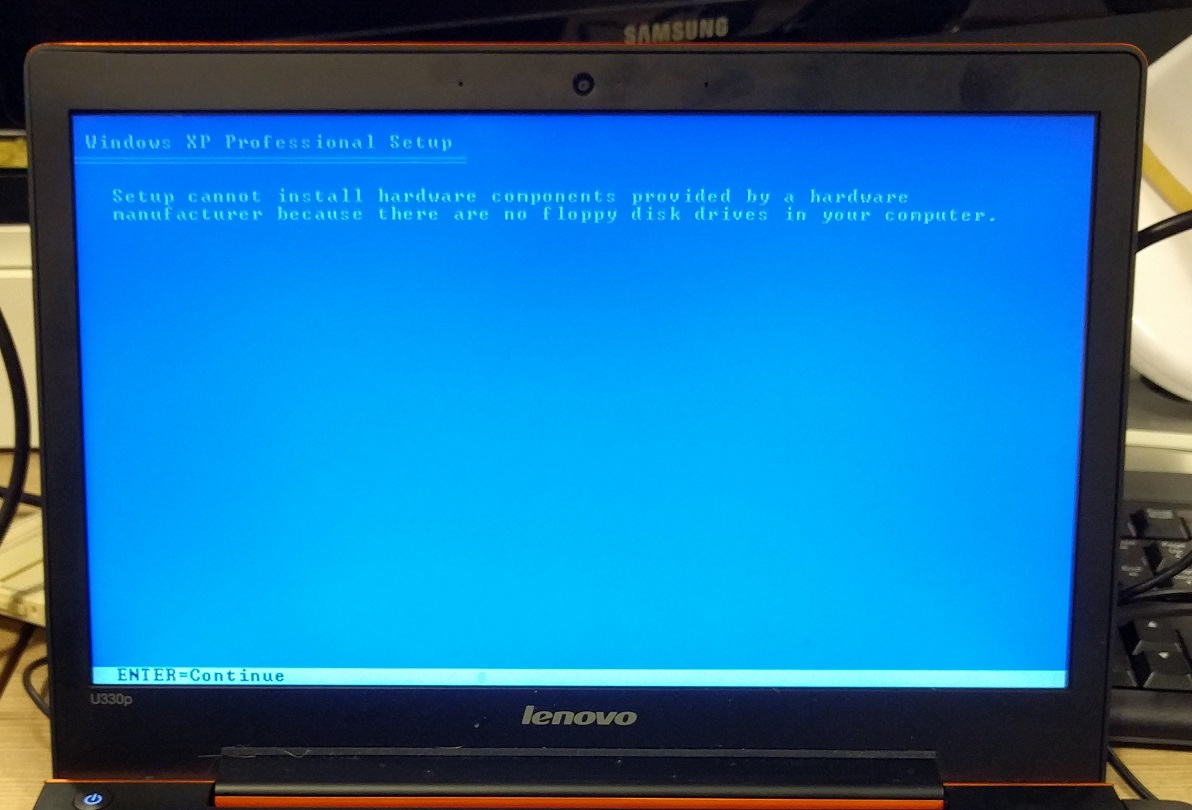
- #Fix unsupported state windows xp starter edition drivers
- #Fix unsupported state windows xp starter edition driver
- #Fix unsupported state windows xp starter edition software
- #Fix unsupported state windows xp starter edition windows
#Fix unsupported state windows xp starter edition windows
The user-mode parts of Windows 9x consist of three subsystems: the Win16 subsystem, the Win32 subsystem, and MS-DOS. Most of the feature set and compatibility of the Windows 9x line of operating systems was merged with Windows NT with the release of Windows XP, which was the successor to both Windows 2000 and Windows Me. The FAT file systems provide no access control lists and file-system level encryption like NTFS. FAT systems have very limited security every user that has access to a FAT drive also has access to all files on that drive. One reason for this is the FAT file systems (including FAT12/16/32), which are the only ones that Windows 9x supports officially, although Windows NT also supports FAT 12 and 16 (but not 32) and Windows 9x can be extended to read and write NTFS volumes using third-party Installable File System drivers. Thus, the security model is much less effective than the one in Windows NT. Windows 9x is designed as a single-user system. If the 32-bit file system manager detected that somebody bought the decoy, it told the decoy to quack.
#Fix unsupported state windows xp starter edition drivers
Any 16-bit drivers and programs would patch or hook what they thought was the real MS-DOS, but which was in reality just a decoy. In other words, in the words of Windows developer Raymond Chen: "MS-DOS was just an extremely elaborate decoy.
#Fix unsupported state windows xp starter edition driver
A 16-bit driver called IFSMGR.SYS would previously have been loaded by CONFIG.SYS, the job of which was which was to hook MS-DOS first before the other drivers and programs got a chance and jump from 16-bit code back into 32-bit code, when the DOS program had finished, to let the 32-bit file system manager continue its work. If it detects that the program has tried to hook into DOS, it would jump back into the 16-bit code to let the hook run.

When a program issued, say, an int 21h call to access MS-DOS, the call would go first to the 32-bit file system manager, who would attempt to detect this sort of patching. Many MS-DOS programs and device drivers interacted with DOS in a low-level way for example by patching low-level BIOS interrupts such as int 13h, the low-level disk I/O interrupt. The second role of MS-DOS, as the 16-bit legacy device driver layer, was used for backward compatibility for running DOS programs in Windows.

In Windows Me, win.com was no longer executed during the startup process, instead it went directly to execute VMM32.VXD from IO.SYS. All future file system operations would get routed to the 32-bit file system manager. These VxDs allow Windows 9x to interact with hardware resources directly, as providing low-level functionalities such as 32-bit disk access and memory management. Once in protected mode, the virtual device drivers (VxDs) transferred all state information from MS-DOS to the 32-bit file system manager, and then shut off MS-DOS. The WIN.COM program used MS-DOS to load the virtual machine manager, read SYSTEM.INI, load the virtual device drivers, and then turn off any running copies of EMM386 and switch into protected mode. When Windows 95 started up, Microsoft DOS was loaded, processed CONFIG.SYS file, launched COMMAND.COM, and ran AUTOEXEC.BAT and finally ran WIN.COM. MS-DOS served two purposes in Windows 95: as the boot loader, and as the 16-bit legacy device driver layer.

Windows 95 was able to reduce the role of Microsoft DOS in Windows much further than had been done in Windows 3.1x and earlier.
#Fix unsupported state windows xp starter edition software


 0 kommentar(er)
0 kommentar(er)
